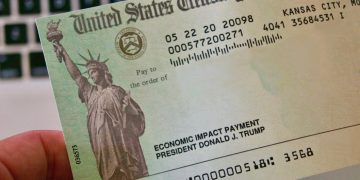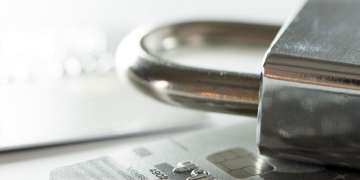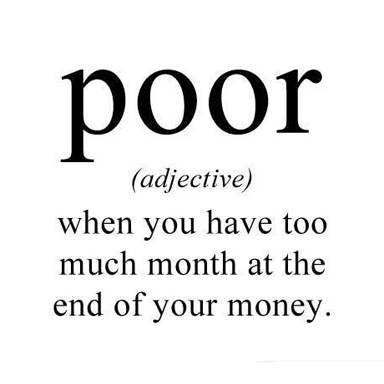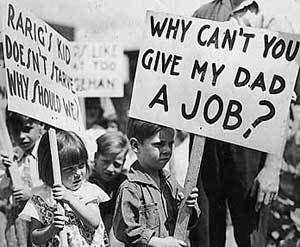David Bakke is a personal finance blogger who writes about budgeting, shopping, and saving for retirement on Money Crashers.
The amount of money you should have in your emergency fund varies according to your unique needs. Many experts claim that three months worth of living expenses is sufficient, while others claim you should have six months of expenses covered in your emergency fund.
I have even seen calculators online that provide an emergency fund estimate by combining minimum monthly expenses, the length of time it might take to find a new job, and the amount you could cut back on your spending if you did lose your job.
I think we can all agree that everyone needs to have an emergency fund. The question is, how much should you keep in it? First, it’s important to know how to set up an emergency fund..
Starting an Emergency Fund
Believe it or not, 30% of Americans have no emergency fund at all. During an economic downswing, it may seem more prudent to use your money for other necessities. But even during tough economic times, everyone needs to have some sort of emergency fund.
If you don’t currently have an emergency fund, don’t panic, as it will take time to build it up. Start by setting aside $20 from each paycheck, and worry about how to increase the amount you set aside at a later time. For now, just focus on getting started.
In addition to setting aside money to start your fund, begin to assess your financial situation to pinpoint how much money you will need to designate.
Assess Your Personal Situation
To assess your personal financial situation, you will have to make a few guesses and estimations, but much of this information should be readily available. When determining the amount to save, answer the following questions:
- Are you the only source of income in your household?
- How many other people rely on you financially?
- How soon do you think you could find work in the event of job loss?
- Percentage-wise, how much money do you estimate your next job would pay in comparison to your current income? 100%? 75%?
- What are your monthly expenses? Will they go up or down in the next year?
- How much could you cut back on monthly expenses, including discretionary spending?
These questions can help you to estimate some of your expenditures so you can set your emergency fund savings goal. Of these questions, identifying your monthly expenses may seem easy, but it might provide you with a bit of a surprise. Many people feel shocked to learn how much they spend on bills every month.
The length of time it takes to find a job is the most ambiguous component of assessing your personal situation. During an economic downswing, it can take months, even years, for qualified people to find work with a new employer. Identifying the salary you might make in a comparable job, as well as the amount of new jobs available in your industry, can help you with this aspect of assessing your personal situation.
Make Sure Your Fund Bears Interest and Is Liquid
When I first started my emergency fund, I kept the money in my savings account, earning almost no interest. Do not make this mistake. Consider instead a money market account or a high-interest checking account like one offered by ING Direct or other online banks, making certain that you can access the money at any time. Don’t lock your money into a 12-month CD – you won’t have access to the funds if and when you need them.
You can also contribute money to a Roth IRA account to ramp up your emergency fund while you save for retirement. You can withdraw your initial contributions from these accounts at any time, without paying a withdrawal penalty. If you contributed $5,000 last year and $5,000 this year, you can withdraw $10,000 at any time without paying a withdrawal penalty.
Invest these funds conservatively into low-risk options, such as bonds and CDs. Invest enough money to provide you with assistance in case you become unemployed.
Determining How Much to Keep in Your Emergency Fund
When you finally decide to set up an emergency fund, consider the questions I listed above and then answer the most important one: What makes good financial sense to you?
If the industry in which you work is prone to job loss or layoffs, you may want to set ambitious emergency fund savings goals. If you feel you have a healthy amount of job security, reduce your savings goals. If you are single, you won’t need as much money, but if you have a family, you need to save more money. Your emergency fund should cover between three and six months worth of minimum monthly living expenses, depending on your unique situation.
Final Thoughts
My emergency fund contains enough money to cover three to four months worth of minimum living expenses. I have two side businesses that will always produce income for me (unless something were to incapacitate me) so the profits from my businesses factor into my emergency fund savings goals.
I dip into my emergency fund from time to time – certainly not for discretionary spending, but if I have a large medical bill to pay, I usually borrow a little from my fund and then build it back up over time.
In the end, you need to choose an amount for your fund that makes you feel comfortable and secure. Run the numbers on your current financial situation, do a little prognosticating about what might happen in the event that you lose your job, and you can arrive at a solid number.
How much money do you believe people should keep in their emergency funds?






















